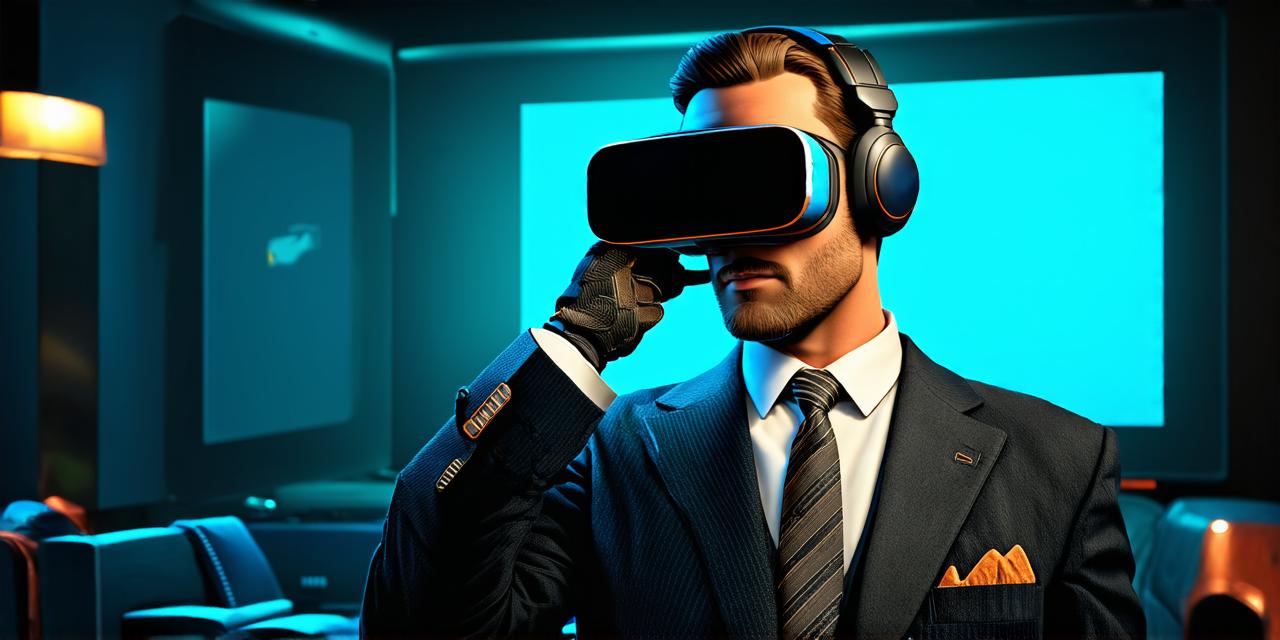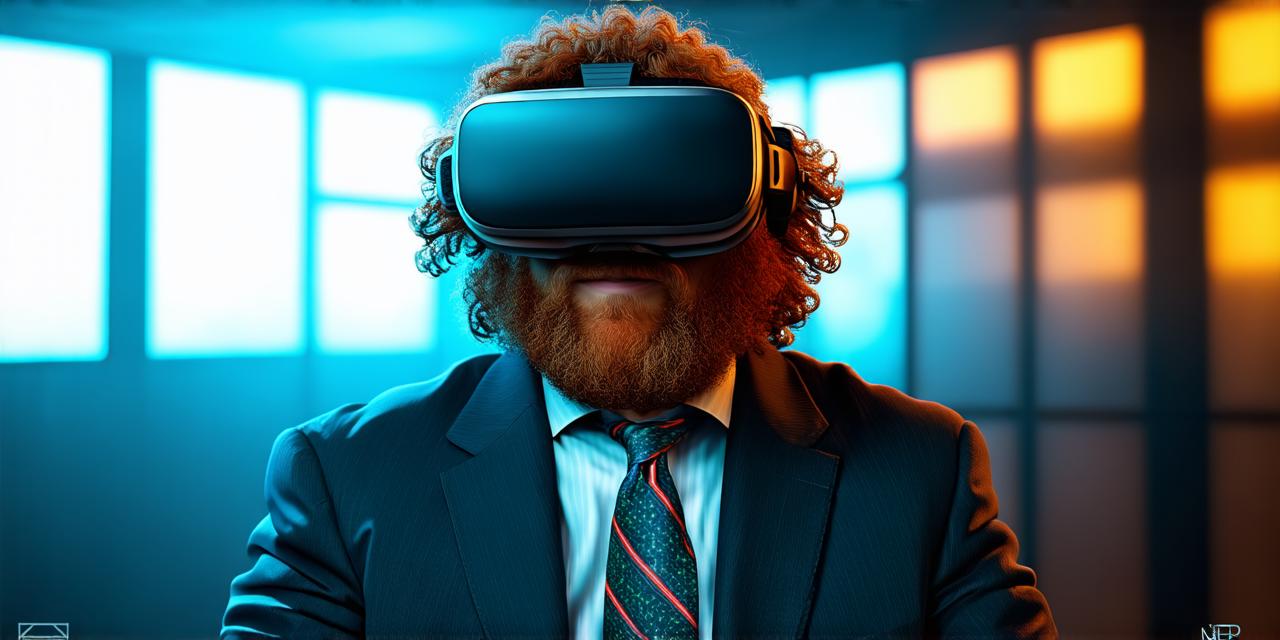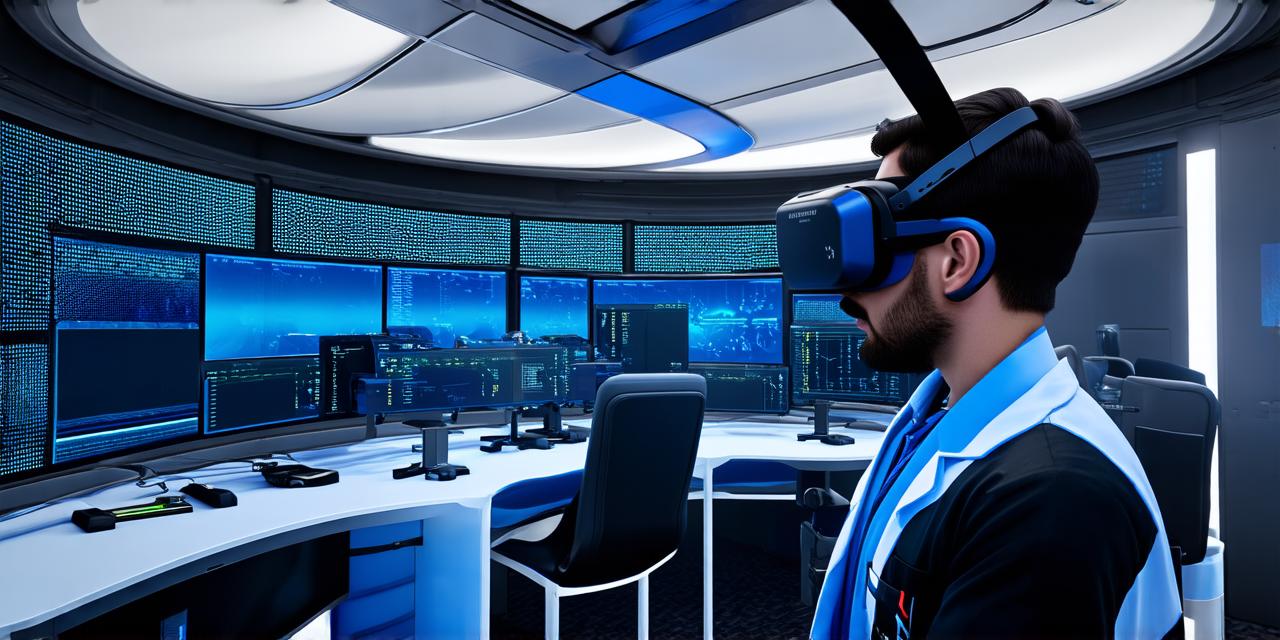Virtual reality (VR) is a rapidly growing technology that has captured the imagination of people around the world. From gaming and entertainment to education and healthcare, VR is changing the way we experience the digital world.
The Early Years of Virtual Reality: 1960s-1970s
The concept of virtual reality dates back to the 1960s when researchers began exploring ways to create immersive experiences for people. One of the earliest attempts at VR was the Sword of Damocles, developed in 1968 by Ivan Sutherland. This device used a large screen mounted above the user’s head and projected an image that appeared to be coming from all directions.
In the 1970s, computer scientists such as Michael Noll and Ed Catmull also made important contributions to the development of VR. Noll developed one of the first head-mounted displays (HMDs) in 1972, while Catmull’s work on computer graphics laid the foundation for modern VR.
The 1980s: The Birth of Modern Virtual Reality

The 1980s were a key period in the development of virtual reality. One of the most significant milestones was the creation of the first HMD by Jaron Lanier in 1984. Lanier’s device, called the “EyePhone,” featured a head-mounted display and two separate screens for each eye, creating a more realistic sense of depth and perspective.
Another important figure from this era was Ivan Sutherland, who returned to VR in the 1980s with his work on the “Dream Machine.” This device used stereoscopic displays and motion tracking to create a highly immersive experience for users.
The 1990s: The Rise of Commercial Virtual Reality
By the early 1990s, virtual reality had become more accessible and affordable, thanks in part to advancements in computer hardware and software. One of the first commercial VR systems was the “Virtual Reality Theater System” (VRTS), developed by Sega in 1992. This system used a head-mounted display and motion tracking to create a fully immersive experience for users.
Another important figure from this era was Thomas Dolby, who founded VR software company HeadLand in 1992. HeadLand’s software, which included tools for creating virtual environments and animations, played a critical role in the growth of commercial VR applications.
The 2000s: The Emergence of Consumer Virtual Reality
In the early 2000s, virtual reality began to emerge as a consumer technology, thanks in part to advancements in hardware and software. One of the most influential figures from this era was Shuji Nakamura, who founded Oculus VR in 2012. Under Nakamura’s leadership, Oculus developed the Oculus Rift, a high-end HMD that quickly gained popularity among gamers and early adopters of VR.
Another important figure from this era was Palmer Luckey, who also co-founded Oculus VR with Nakamura. Luckey played a critical role in the development of the Oculus Rift and helped to popularize VR among mainstream audiences.
The Present Day: The Future of Virtual Reality
Virtual reality is a rapidly growing technology that continues to evolve and improve.


